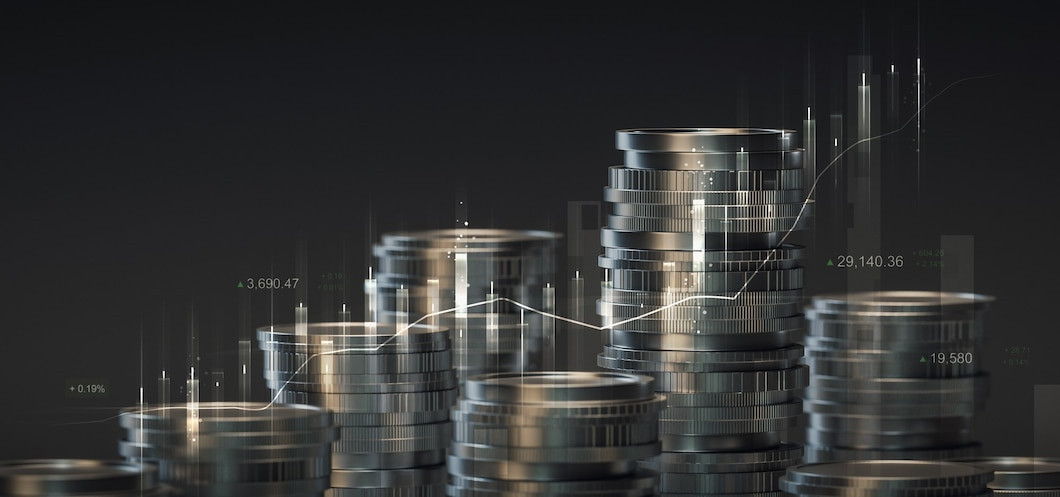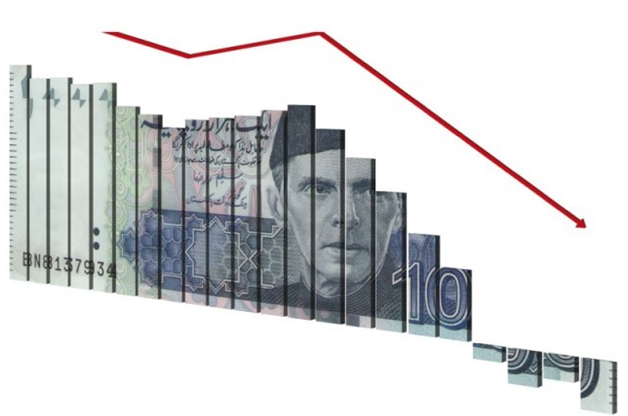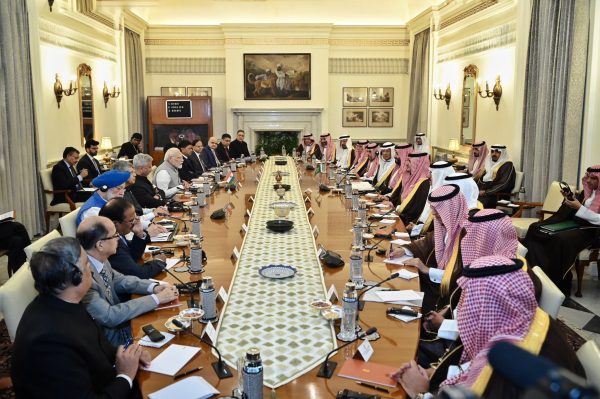ghazi52
Think Tank Analyst
- Mar 21, 2007
- 114,475
- 165,405
- Country of Origin

- Country of Residence

Ministry of Finance projects inflation at 27.5-28.5% for December
- In latest ‘Monthly Economic Update and Outlook’ report, it anticipates reading to further ease out to 24-25% in January
December 27, 2023
Consumer Price Index (CPI)-based inflation in Pakistan for December has been projected at 27.5-28.5%, the finance ministry said in its monthly economic report on Wednesday.
In its latest ‘Monthly Economic Update and Outlook’ report, the finance ministry anticipated inflation to further ease out to 24-25% in January 2024.
The ministry said the outlook for the remaining months of FY2024 is expected to be at a moderate level despite the upward revision of administered prices (gas prices).
“This is on account of a stable exchange rate, contained aggregate demand, better supply position, moderation in the international commodity prices, and favourable base effect.
“Moreover, the recent decline in petrol and diesel prices is expected to compensate for the inflationary pressure exerted through higher gas prices as the decline in fuel prices has a significant impact on the common man through reduced transportation and production costs.
“Efforts of the sub-national governments to implement lower fares of public transport and freight charges in line with the reduced fuel prices would further ease the inflationary pressure,” read the report.
The Ministry of Finance said that due to improvement in supply position and easing out the imported inflation along with the high base effect will help to contain the inflationary pressure ahead.
In November 2023, CPI inflation was recorded at 29.2% on YoY basis, up from 23.8% in November 2022.
On the external front, the Ministry of Finance noted that the current account balance turned to surplus in November, on account of a decline in primary income debit, which decreased significantly by 36% on a MoM basis.
“For the outlook, considering all other components of secondary income included worker’s remittances as well as primary income balance, the current account will remain in a manageable limit,” read the report.
On the revenue side, the Ministry of Finance highlighted that the Federal Board of Revenue (FBR) tax revenues surpassed the target by Rs27 billion set for Jul-Nov FY2024.
“The revenue performance indicates that tax policy and administrative measures are paying off in terms of continuous improvement in revenue collection. With this pace, it is expected that the tax collection target for FY2024 will be achieved,” it added.

Ministry of Finance projects inflation at 27.5-28.5% for December
In latest ‘Monthly Economic Update and Outlook’ report, it anticipates reading to further ease out to 24-25% in January
www.brecorder.com








